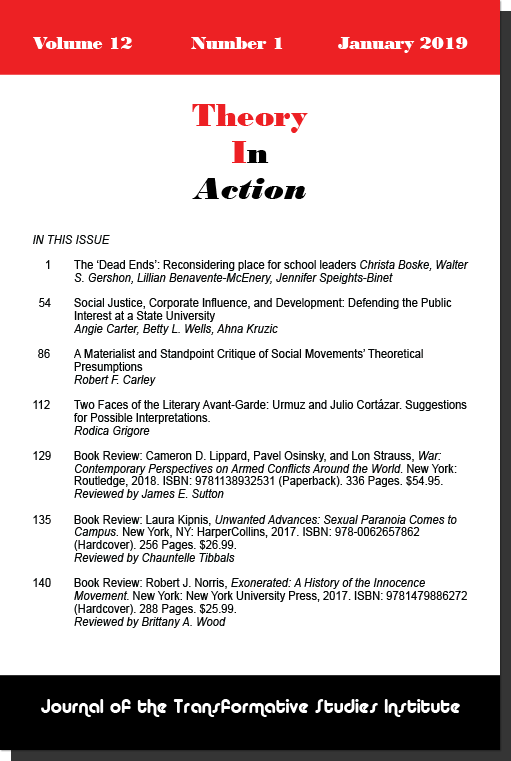Gloria Muñoz Ramírez’
City Lights Books (2008)
Reviewed by Sarat Colling
This richly illustrated and designed volume, featuring indigenous art and photographs on nearly every page and unprecedented interviews with members of the early villages, is a result of the seven years Mexican journalist Gloria Muñoz Ramírez’ spent with the Zapatistas in Southern Chiapas. Responding to military and corporate encroachment upon their territory, the Zapatistas demanded justice and democracy for indigenous people and all Mexicans. In more than 300 pages, Muñoz translates her research, observation and participation with the communities into what spokesperson Subcomandante Marcos calls “the most complete version of the public history of the Zapatistas.”
Covering the movement from its conception, when a few urban guerrillas joined with indigenous leaders to plant the seeds of revolution, Muñoz provides an intimate and well detailed text. The Fire and the Word chronicles Zapatista history through the first 10 years of mobilizing a resistance in the mountainous and remote rainforest of the Lacandon Jungle; to the armed uprising against the Mexican government in 1994; and the negotiations, international relations and self-governing process that followed.
Insurgent Lieutenant of Public Health Gabriela says, “I’m proud of our struggle because you can really see the improvements in our villages” (91). In 2006, the Zapatistas created a self governing system in which several thousand villages are connected to larger hub villages known as caracoles, each having the principle of “governing by obeying” the people. The Zapatistas summarize their autonomous organization method as
a very concrete praxis that… follows no manual or theory, but is built with the everyday experience of resistance of tens of thousands of Tzotzil, Tzetzal, Tojolabal, Chol, Zoque and Mam men and women. (327)
As the title suggests, the praxis utilizes both the fire and the word. The book distinguishes between three main strategies that developed in the movement: the militaristic and rebellious actions of “fire,” the negotiations and global communication strategy of the “word,” and the organizational process that is the backbone to it all (283).
The fire was prominent on January 1st, 1994 when the Zapatistas declared war on the Mexican Government. Coinciding with NAFTA’s first day of operation, the uprising captured headlines throughout the world and brought masses of people to the streets in Mexico City, showing their support and calling for peace. This led one Companero to question
how it was possible that thousands and thousands of people, without yet knowing who we were, came out to the streets to support us. I think that they saw that we were willing to die for what we seek, and that there was no other option. (77)
After 1994, the focus turned to the power of the word. The book lists numerous negotiations and meetings the Zapatistas held with the national and international community throughout the decade; all part of a developing strategy they call “walking and asking.”
The Zapatistas rhizomatic structure and global communication methods provide an example for anarchism in the 21st century. In the Sixth Declaration of the Lacandon Jungle the movement is declared as anti-capitalist and shows solidarity with all fighting neoliberal globalization. The book is described by Marcos as a giant tapestry filled with “those little pieces of mirrors and crystals that make up the history of the EZLN.” In these mirrors, the reader may see parts of themselves reflected. But the Zapatistas believe every person, and every movement, must grow through their own experience. Therefore, they offer “a mirror that isn’t you, it just helps you see how you are” (307).
From her participatory perspective, Muñoz has provided a comprehensive understanding of the movement that will keep the knowledge alive for generations to come. The Fire and the Word is a must have for those researching Zapatismo and a nonauthoritarian world.
The Fire and the Word is Distributed by City Lights Books:
http://www.citylights.com/book/?GCOI=87286100734790
